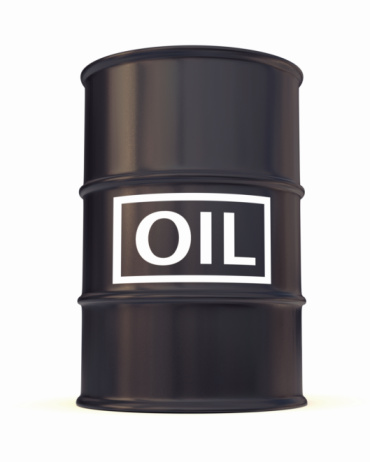
The cartel does see, however, a shift within fossil fuels:
For most of the projection period, oil will remain the energy type with the largest share. However, towards the end of the projection period, coal use in the Reference Case reaches similar levels as that of oil, with oil’s share having fallen from 35% in 2010 to 27% by 2035. Natural gas use will rise at faster rates than either coal or oil, both in percentage terms and quantities, with its share rising from 23% to 26%.
In other words, demand for fossil fuels will be split almost evenly among the three fuels by 2035, and the biggest loser is oil.
OPEC’s medium-term projection for crude oil demand has fallen by more than 1 million barrels a day from last year’s outlook to 92.9 million barrels a day. The report says that about 70% of the medium-term increase comes from developing countries in Asia.
Over the long-term, crude demand will rise to 107.3 million barrels a day, from 87 million barrels a day in 2010. OPEC forecasts that developing countries in Asia account for 87% of that increase, and that by 2035 Asian demand will equal 90% of demand from the developed nations of the Organization for Economic Cooperation and Development.
Crude oil supply is expected to increase the most from non-OPEC members, especially Russia, the Caspian Sea region, Brazil and the United States, where supplies will jump by more than 10 million barrels a day by 2035 to 62.7 million barrels a day. OPEC’s crude supply will rise by about 5.6 million barrels a day in 2035, to 34.9 million barrels a day.
And prices? Well, they will be higher. OPEC estimates the total investment needed to hit the forecast demand will be $4.2 trillion through 2035. The cartel sees an average price of $100 a barrel over the medium term and a rise to $125 a barrel by 2025 and $135 a barrel by 2035.
OPEC’s crude oil price assumptions are more a function of the cost of finding and producing new barrels than they are a reflection on demand, at least in the near term. If (when) the global economy really recovers, demand for energy will increase, and the world has not yet made enough of a commitment to alternative fuels to dent the demand for fossil fuels.
The full World Oil Outlook is available here.
Paul Ausick
Take This Retirement Quiz To Get Matched With An Advisor Now (Sponsored)
Are you ready for retirement? Planning for retirement can be overwhelming, that’s why it could be a good idea to speak to a fiduciary financial advisor about your goals today.
Start by taking this retirement quiz right here from SmartAsset that will match you with up to 3 financial advisors that serve your area and beyond in 5 minutes. Smart Asset is now matching over 50,000 people a month.
Click here now to get started.
Thank you for reading! Have some feedback for us?
Contact the 24/7 Wall St. editorial team.



